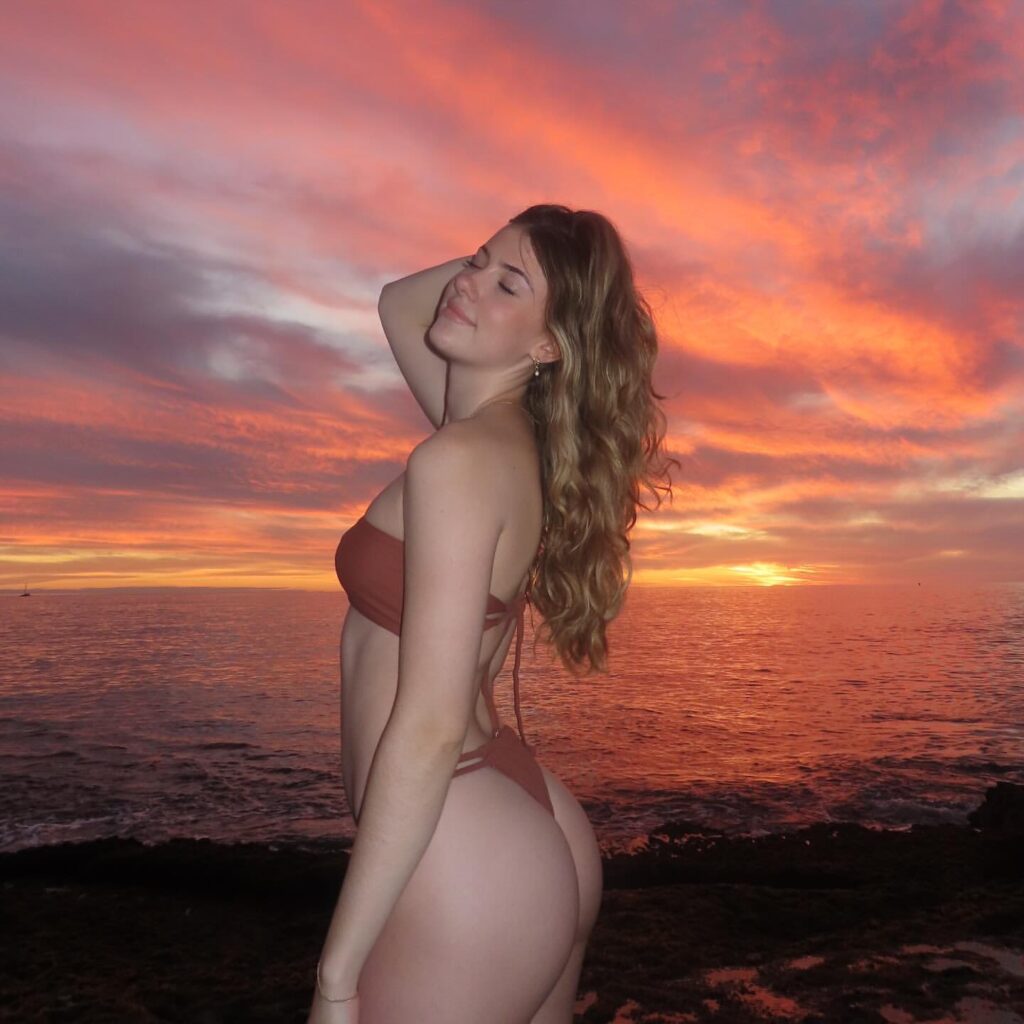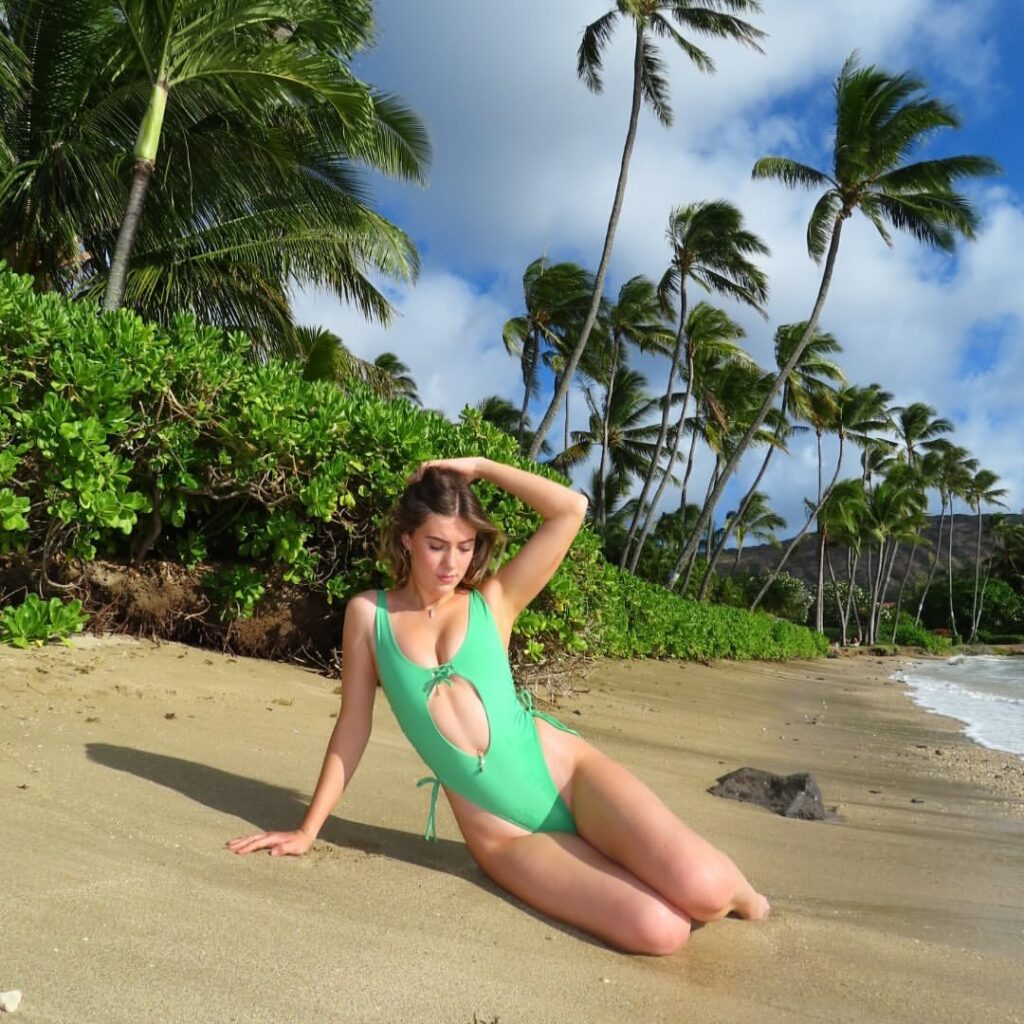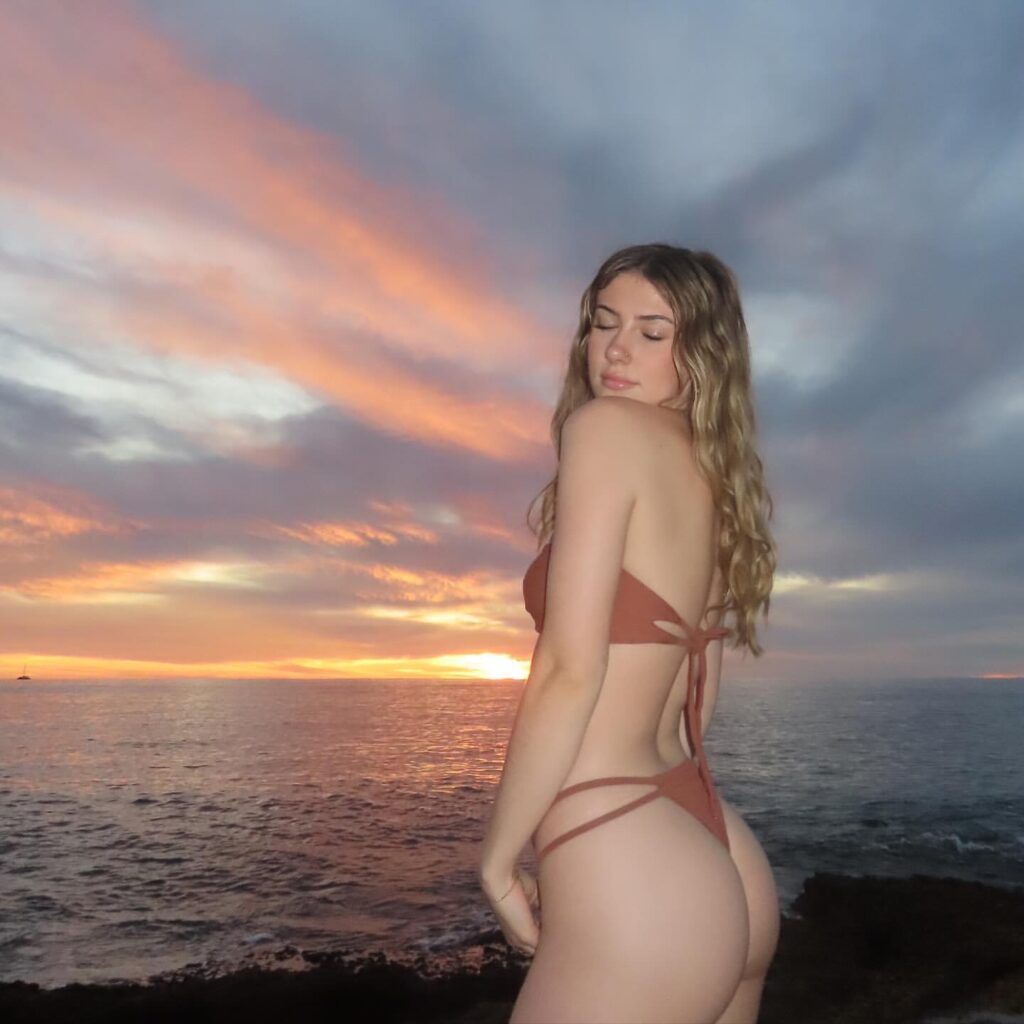
In the world of photography, design, and digital art, the lines between reality and artificial creation are becoming increasingly blurred. With the rise of artificial intelligence (AI) and its influence on the creative process, it’s not uncommon for people to be perplexed by images that seem to have been generated by AI, yet have been created by human hands. This phenomenon has sparked discussions in both creative circles and technology sectors. While AI-generated art is quickly becoming a mainstream trend, there are still plenty of artists and designers who master the craft of creating lifelike images that could easily be mistaken for computer-generated content.
The concept of an image “looking AI” but being something entirely human-made is a testament to the evolving sophistication of visual art. But what does this mean, and why is it so important to explore the concept of backgrounds that “look AI”? To understand this, we must delve into the world of art, design, and the use of advanced tools that bridge the gap between human creativity and machine learning.
The Rise of AI in Creative Arts
Artificial intelligence has drastically changed the landscape of visual creativity, especially when it comes to generating backgrounds, illustrations, and digital environments. AI-powered tools like DALL·E and MidJourney have gained tremendous popularity by creating realistic and fantastical images from text prompts. These tools, driven by deep learning algorithms, can generate entire scenes with intricate backgrounds that often appear surreal, highly detailed, and sometimes indistinguishable from those created by human artists.
AI-generated backgrounds are typically hyper-realistic, with seamless blending of elements that create a depth and richness that can sometimes feel artificial. These creations have pushed the boundaries of what is possible in visual storytelling, but they have also blurred the line between what is “real” and what is “created.” As a result, artists and designers have become more attuned to this new wave of AI art. They must adapt to this new era of digital manipulation, and, in some cases, harness AI as a tool to enhance their own work.
However, despite the growing prevalence of AI in visual creation, many traditional artists still rely on techniques like digital painting, 3D modeling, and photorealistic rendering to create lifelike, immersive backgrounds that may look eerily similar to AI-generated visuals. These artists have perfected their craft, and their ability to mimic real-world textures, lighting, and depth has reached a level of mastery that makes it nearly impossible to tell whether the background was generated by a human or an AI.

The Subtle Art of Creating “AI-Like” Backgrounds
For digital artists, the challenge isn’t about creating something that looks clearly AI-generated. Instead, it’s about achieving a level of detail and realism in their work that could be mistaken for AI because of its precision and hyperrealism. There are a few key techniques and design choices that artists use to create backgrounds that “look AI,” even though they are entirely human-made:
1. Photorealistic Rendering:
One of the hallmarks of AI-generated art is the seamless, high-definition quality of the images. To replicate this effect, artists often employ photorealistic rendering techniques that mimic real-world lighting, texture, and material properties. They use sophisticated 3D modeling software like Blender, Maya, or Cinema 4D to simulate realistic environments and lighting setups. This technique creates environments that look almost like real-life photographs, down to the smallest details such as reflections, shadows, and depth of field.
2. Use of Digital Painting and Brushes:
For 2D artists, achieving a high degree of realism in backgrounds can be done through digital painting. Using custom brushes that emulate the look of traditional paint strokes, digital artists can craft images that have the depth and texture reminiscent of AI-generated backgrounds. These tools help create an illusion of realism, such as intricate cloud formations, detailed cityscapes, and lifelike nature scenes.
3. Layering and Texturing:
In both 2D and 3D art, the process of layering and texturing is essential for creating depth and complexity in the background. The layering of multiple elements—such as different surfaces, lighting sources, and textures—can give the impression of an AI-generated piece. Artists often use texture maps to simulate the appearance of real-world materials like metal, glass, wood, and fabric, all of which contribute to the illusion of hyper-realism.

4. Lighting Techniques:
Lighting is perhaps the most crucial factor when creating AI-like backgrounds. AI art often has impeccable lighting—shadows fall naturally, and light sources illuminate the scene in ways that feel both realistic and visually striking. To replicate this, artists use techniques like global illumination and ray tracing to simulate how light behaves in real life. The careful manipulation of light and shadow can help establish a mood or atmosphere, making a scene feel more three-dimensional and lifelike, just as AI-generated visuals do.
5. Post-Processing Effects:
After the initial creation of a background, many artists use post-processing effects to enhance the realism of their work. This includes techniques like color grading, contrast adjustments, and the addition of filters that simulate real-world imperfections. These subtle changes can make the image feel more organic and less “perfect,” which is a common characteristic of AI art. In post-processing, artists may add effects like motion blur, depth of field, and lens flares to create a dynamic, immersive environment that captures the viewer’s attention.

Human vs. AI: The Imperceptible Difference
While AI-generated art is incredibly sophisticated, the beauty of human-made art lies in the subtle imperfections and nuances that may go unnoticed at first glance. In AI art, the algorithm follows a set of instructions to produce perfect, flawless results, while human artists introduce their unique touch to create more organic and emotionally resonant works.
For example, while an AI might create a stunning sunset scene with flawless reflections in a body of water, a human artist might add small inconsistencies in the reflection—perhaps a slight ripple or a distortion in the water’s surface that adds authenticity and life to the image. These small imperfections are often what set human-made artwork apart from AI-generated pieces.
Moreover, human artists draw upon personal experiences, emotions, and perspectives when creating their work. This allows them to add layers of meaning and storytelling that AI might not fully grasp. For example, an artist might design a background with certain colors or textures that evoke a particular emotion or memory, which adds depth to the image beyond just its visual appeal.

The Importance of the “AI-Like” Effect in Modern Design
As AI-generated art becomes more mainstream, the ability to create “AI-like” backgrounds manually allows artists and designers to bridge the gap between traditional craftsmanship and digital innovation. Many industries, such as advertising, gaming, film, and virtual reality, benefit from the seamless blending of AI techniques and human creativity. By combining these two forces, artists can create visuals that are both hyper-realistic and emotionally captivating.
In the design world, the ability to create lifelike, AI-like environments has practical implications. Designers working in entertainment, architecture, and gaming often rely on highly detailed and realistic backgrounds to immerse viewers and players in their work. The stunning visuals found in animated movies, video games, and virtual worlds would not be possible without the mastery of creating visually compelling environments, whether generated by AI or human hands.

Conclusion
The distinction between human-created and AI-generated backgrounds is becoming increasingly difficult to spot. As AI tools continue to evolve, so too does the artistry behind creating realistic, immersive environments. Artists today have the unique opportunity to leverage both their creativity and the power of AI to produce stunning visuals that might appear artificial but are, in fact, entirely human-made.
Whether it’s a stunning cityscape, a serene natural landscape, or an abstract futuristic environment, the beauty of night photography, digital painting, and 3D modeling lies in their ability to create environments that blur the line between reality and imagination. The fusion of AI techniques and human artistic talent opens up new possibilities for visual storytelling, and the result is often something that feels simultaneously familiar and surreal—a scene that looks AI but is far from it.



